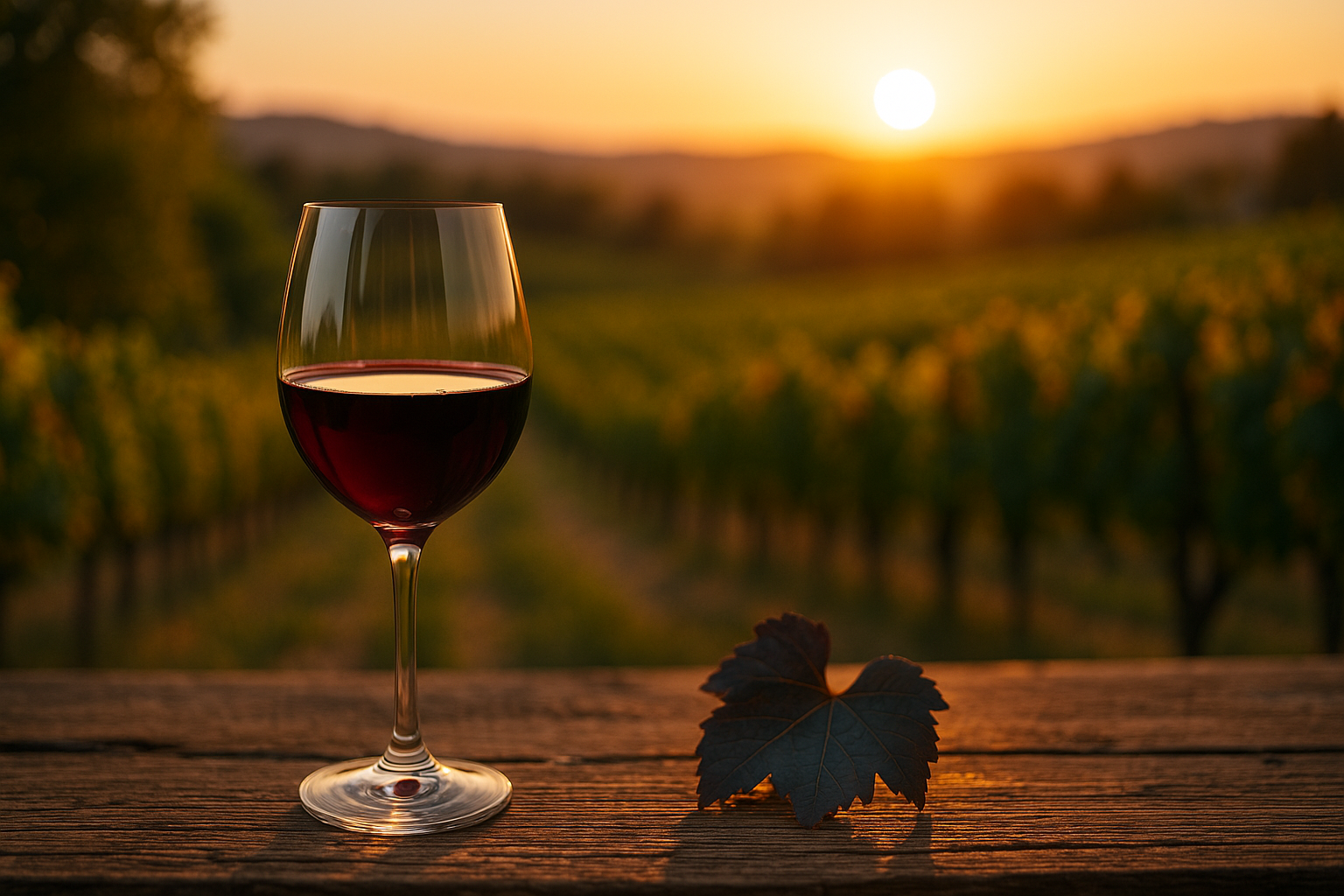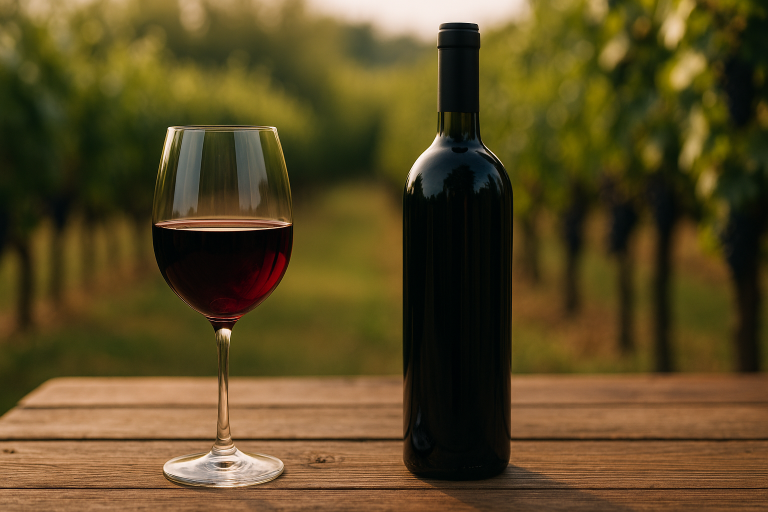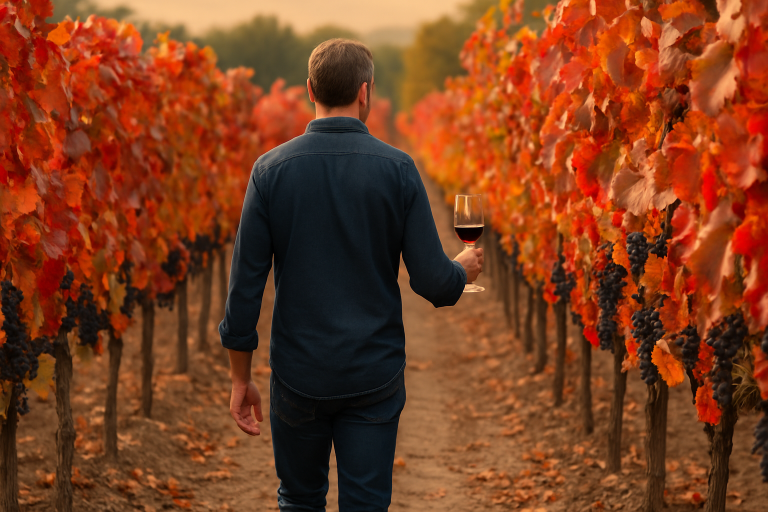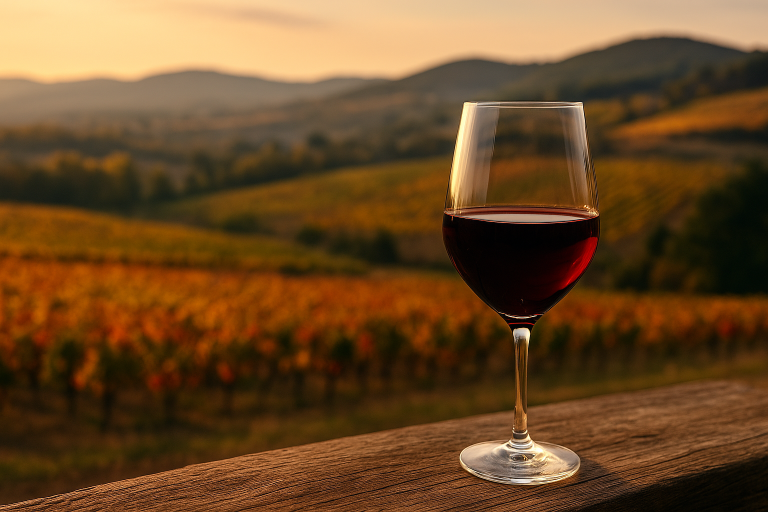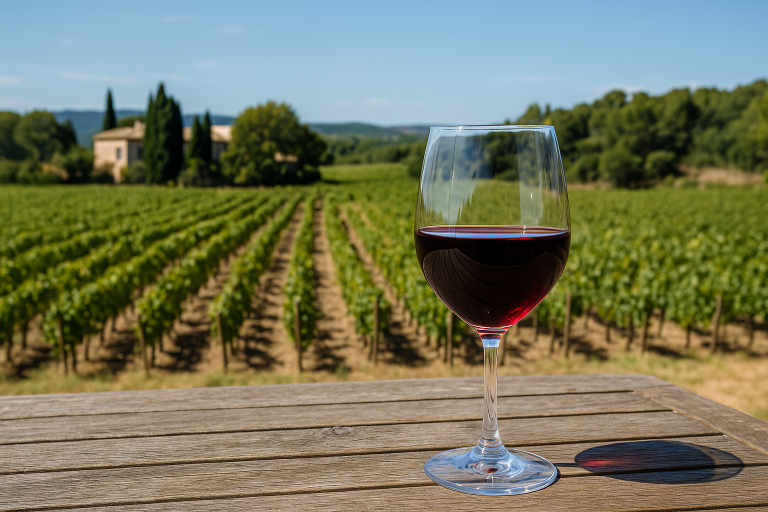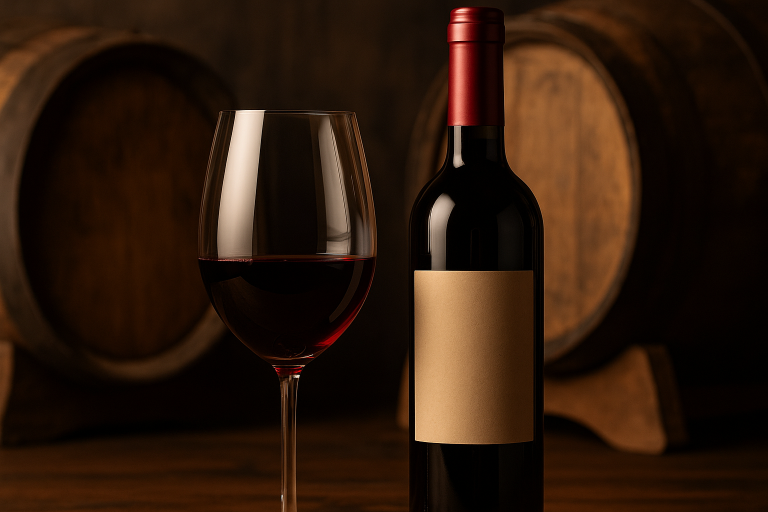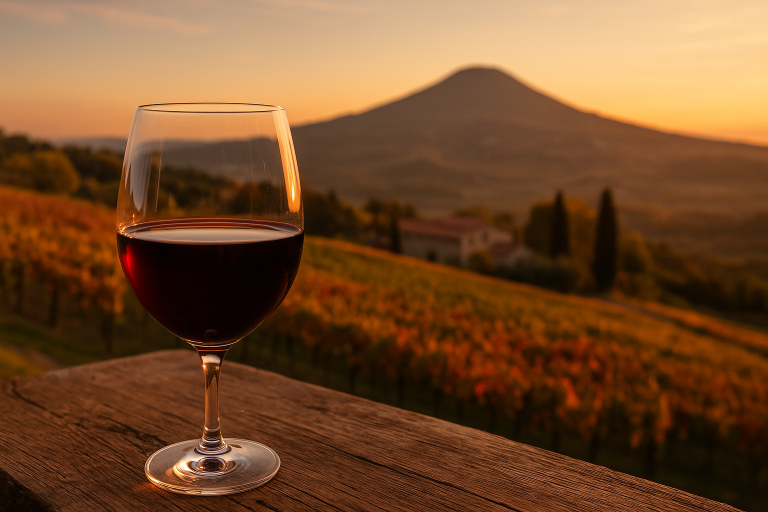Few grapes capture the heart of Italian winemaking quite like Sangiovese. Known for its lively acidity, cherry-driven flavor, and rustic charm, this noble varietal is the beating heart of Tuscany and the foundation of many of Italy’s most iconic wines. From the rolling hills of Chianti to the historic estates of Montalcino, Sangiovese reflects both the land and spirit of Italy — vibrant, expressive, and timeless.
A Brief History
The history of Sangiovese stretches back more than 2,000 years, making it one of the oldest cultivated grapes in the world. The name is believed to derive from sanguis Jovis — Latin for “the blood of Jupiter” — a fitting tribute to the grape’s deep red hue and ancient Roman roots.
While Sangiovese has been grown across central Italy for centuries, it truly found its identity in Tuscany, where generations of vintners refined it into one of the most expressive and versatile red varietals on Earth.
Historically, it was the cornerstone of Chianti, often blended with small amounts of other grapes to soften its natural acidity and tannin. In the 1970s and 1980s, forward-thinking winemakers began producing high-quality, 100% Sangiovese wines — leading to the rise of the Super Tuscans, which revolutionized Italian winemaking and elevated Sangiovese to global fame.
Where It’s Grown
While Tuscany remains the heartland of Sangiovese, the grape thrives throughout Italy and beyond.
- Tuscany (Chianti, Montalcino, Montepulciano): The most famous expressions. Chianti Classico offers bright red fruit and spice; Brunello di Montalcino shows power, elegance, and longevity; and Vino Nobile di Montepulciano delivers soft, polished warmth.
- Umbria and Emilia-Romagna: Produce softer, fruit-forward versions perfect for everyday enjoyment.
- International Regions: Sangiovese has found new homes in California, Argentina, and Australia, where warm climates bring out riper fruit and smoother textures.
Despite its travels, Sangiovese remains deeply tied to Italy’s terroir — shaped by the sun-drenched hillsides, limestone soils, and generations of craftsmanship that define its character.
Tasting Notes
Sangiovese is typically medium-bodied, with bright acidity and fine-grained tannins, making it both food-friendly and age-worthy. The dominant flavors include cherry, plum, and red currant, often joined by hints of tomato leaf, dried herbs, and earthy spice. Oak-aged styles introduce subtle layers of vanilla, tobacco, and leather, enhancing complexity without overpowering the fruit.
Young Sangiovese wines tend to be lively and aromatic, with fresh red fruit and floral tones. As they mature, they evolve into savory, elegant wines with notes of balsamic, truffle, and dried rose — hallmarks of truly great Tuscan reds.
Sangiovese pairs beautifully with Italian cuisine — think pasta with tomato sauce, roasted meats, pizza, aged Pecorino, and olive-rich dishes. Its acidity cuts through fat, and its earthy undertones mirror the flavors of Mediterranean herbs and vegetables.
The Essence of Sangiovese
Sangiovese is not just Italy’s most planted grape; it’s a symbol of the country’s winemaking soul. It combines heritage, versatility, and authenticity in every glass, offering both rustic charm and refined sophistication.
Whether it’s a youthful Chianti brimming with energy or an aged Brunello rich with depth, Sangiovese continues to embody the warmth and beauty of Italy — a wine that speaks of history, tradition, and the joy of life itself.

